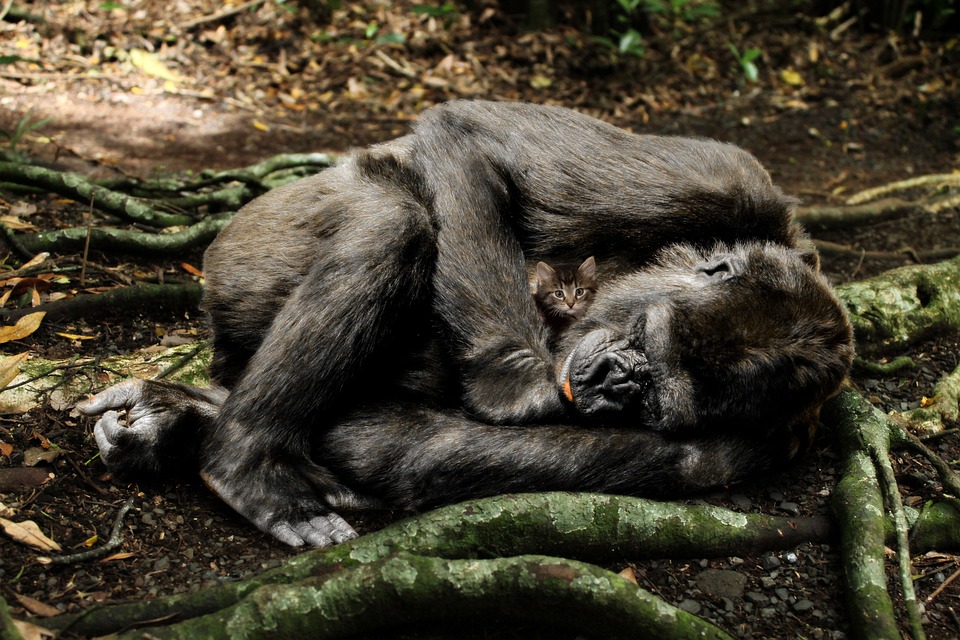Introduction:
As cat owners, we often find ourselves torn between allowing our furry friends to explore the great outdoors and ensuring their safety. Providing a cat-friendly outdoor environment can offer your feline companion the perfect balance between adventure and security. In this article, we will discuss the essential elements of creating a safe and stimulating outdoor space for your cat, while also addressing some frequently asked questions.
1. Understanding the Importance of a Cat-Friendly Outdoor Space
Allowing cats to explore the outdoors has numerous benefits for their physical and mental well-being. Outdoor exploration provides them with opportunities for exercise, mental stimulation, and social interaction. However, it is crucial to be aware of the risks and challenges that come with an unsupervised outdoor environment. Cats can encounter dangers such as traffic accidents, predation, exposure to diseases, and injury from other animals. Striking a balance between providing outdoor access and keeping your cat safe is essential.
2. Designing a Secure Outdoor Area for Your Cat
To create a cat-friendly outdoor space, it is vital to cat-proof your backyard by identifying potential hazards. This may include securing any toxic plants, chemicals, or small objects that could be harmful if ingested. Installing cat enclosures or catio systems can provide a safe and controlled environment for your cat to enjoy the outdoors without the risks associated with roaming freely. Additionally, using secure fencing and barriers can help create outdoor boundaries, preventing your cat from straying too far.
3. Providing Appropriate Furnishings and Features
In order to make your outdoor space enticing for your cat, it is important to provide appropriate furnishings and features. Creating vertical spaces such as cat trees, perches, and shelves allows cats to exercise their natural climbing instincts and observe their surroundings. Comfortable resting areas, such as weather-resistant beds or cushions, are also essential for your cat to relax and enjoy the outdoors. Incorporating scratching posts and climbing structures can help fulfill their instinctive need to scratch and climb.
4. Encouraging Mental and Physical Stimulation
A cat-friendly outdoor environment should offer plenty of mental and physical stimulation. Implementing interactive toys and puzzle feeders can keep your cat engaged and mentally stimulated while outdoors. Planting cat-safe gardens with stimulating plants such as catnip and cat grass can provide sensory enrichment. Creating hiding spots and safe play areas with tunnels or boxes can offer opportunities for exploration and play.
5. Promoting Safety and Health Measures
Ensuring your cat’s safety and health should be a top priority. Regular veterinary check-ups and vaccinations are essential to keep your cat protected against common diseases. Preventing tick, flea, and parasite infestations through proper preventive measures is crucial for your cat’s well-being. Equally important is cat identification, such as microchipping and collars with tags, to increase the chances of your cat being returned if they were to accidentally escape the outdoor area.
FAQs: Frequently Asked Questions
1. Can I let my cat roam freely outside?
Allowing cats to roam freely outside comes with risks, so it is generally recommended to provide a secure outdoor area or use a leash and harness for supervised outdoor time.
2. How can I keep my outdoor cat safe from predators?
Installing secure fencing and barriers can help keep predators out of your outdoor area. It is also important to supervise your cat while they are outside.
3. Are there certain plants I should avoid planting in my cat-friendly garden?
Yes, there are certain plants that can be toxic to cats. Some examples include lilies, azaleas, and tulips. It is important to research and avoid planting such plants in your cat-friendly garden.
4. Should I supervise my cat’s outdoor time?
Supervising your cat’s outdoor time is recommended to ensure their safety and prevent any potential accidents or encounters with other animals.
5. What are the risks of outdoor exposure to diseases?
Outdoor exposure can increase the risk of diseases such as feline leukemia virus (FeLV) and feline immunodeficiency virus (FIV). Regular vaccinations and preventive measures are crucial for protecting your cat.
6. How can I prevent my cat from escaping the outdoor area?
Using secure fencing, barriers, and properly maintaining the outdoor area can help prevent your cat from escaping. Regularly checking for any potential escape routes or weak spots is also important.
Conclusion:
Creating a cat-friendly outdoor environment is essential for ensuring your feline friend’s safety, happiness, and overall well-being. By understanding the importance of a suitable outdoor space, securing the area, providing engaging features, and promoting safety measures, you can offer your cat the best of both worlds. Remember, always prioritize your cat’s safety while allowing them to explore the wonders of the outdoors.








